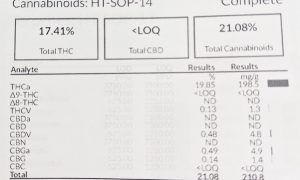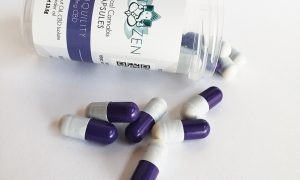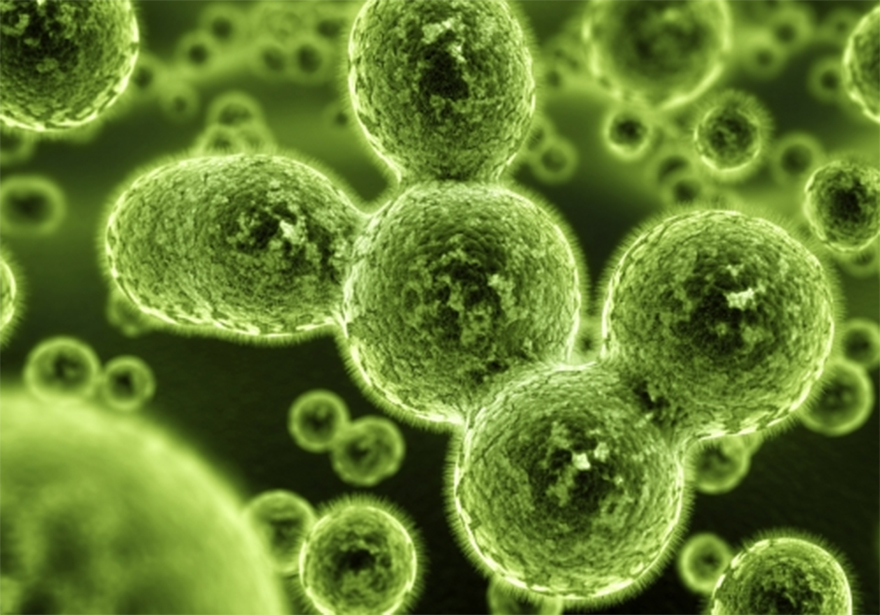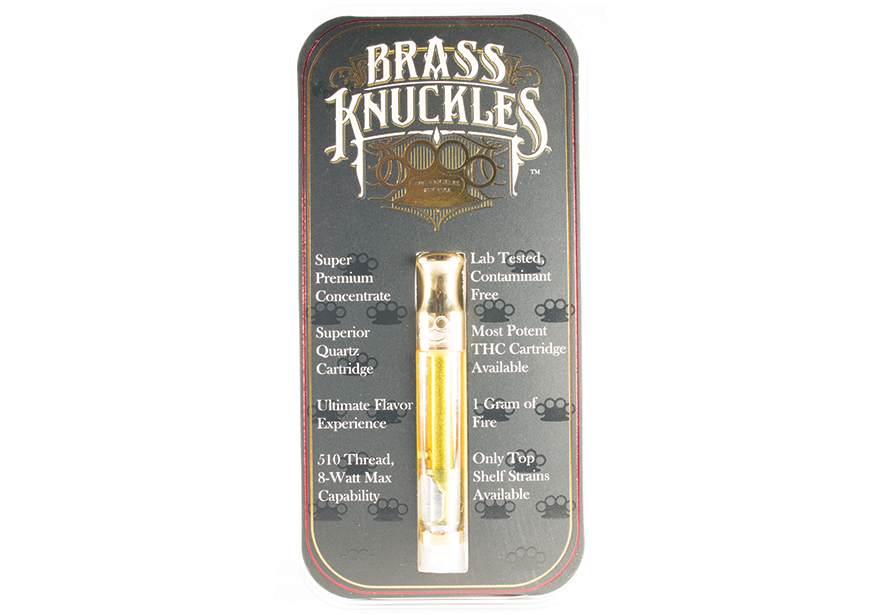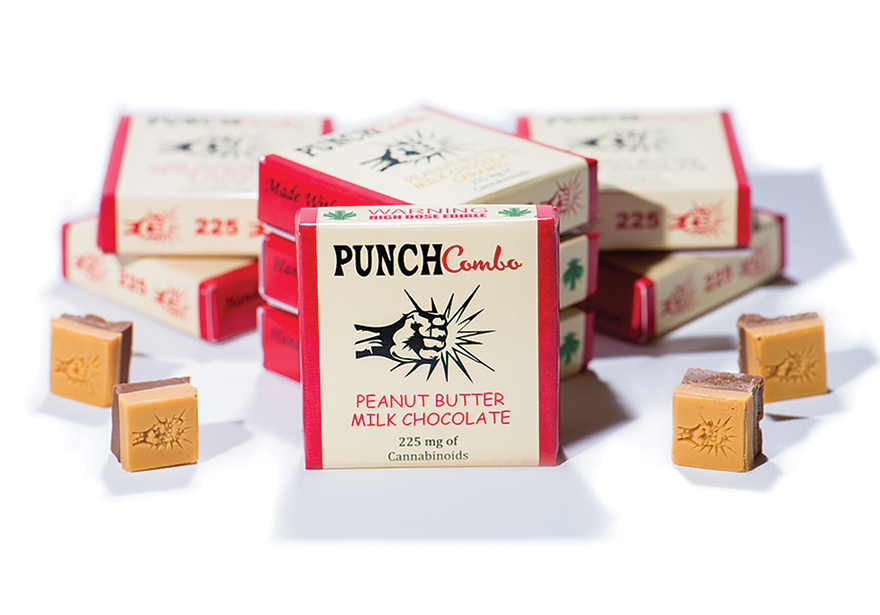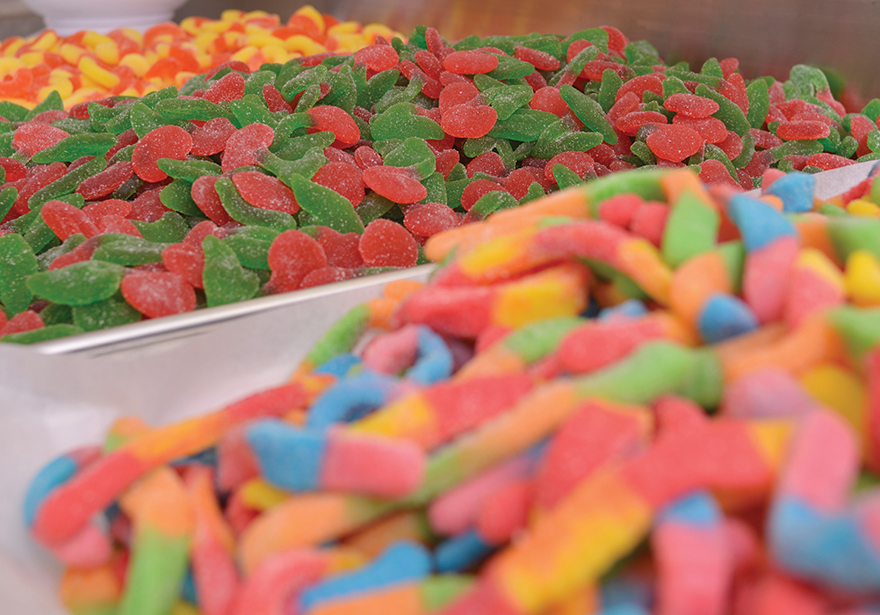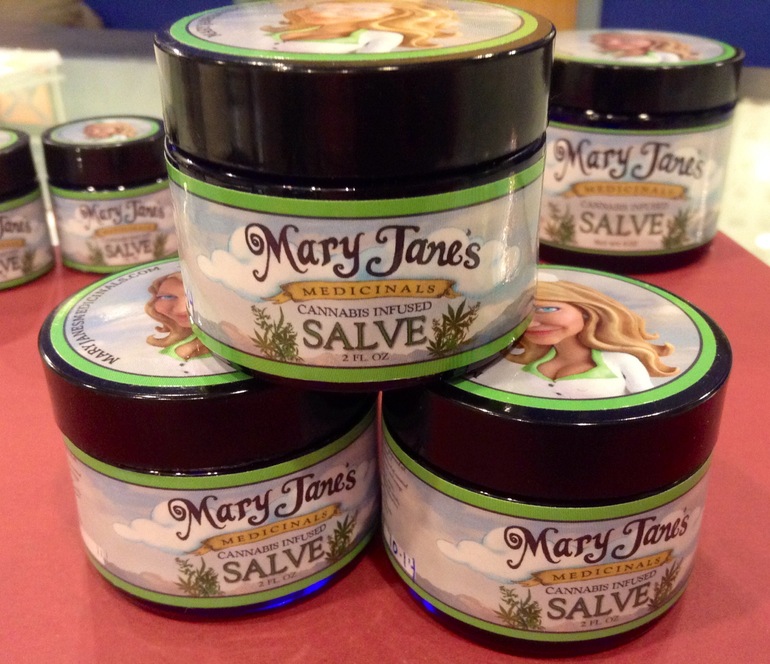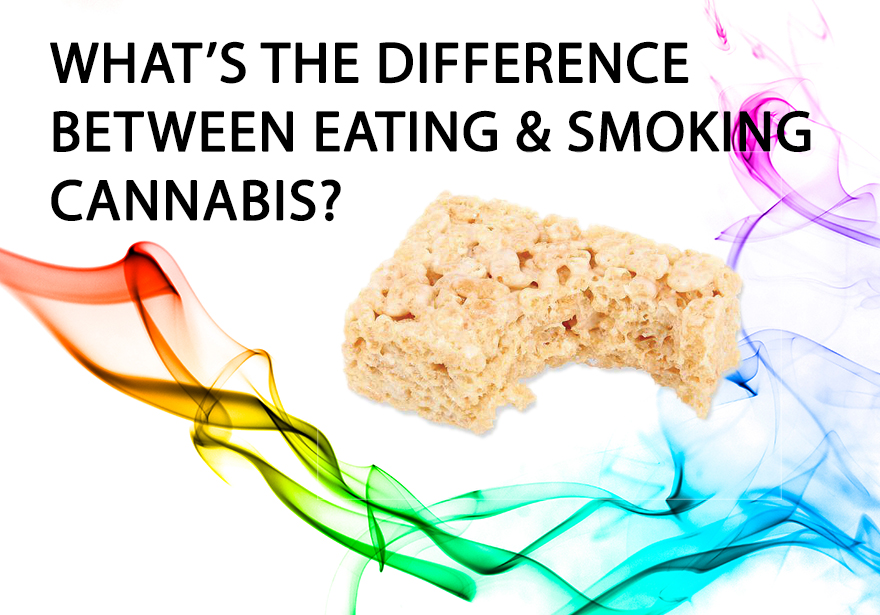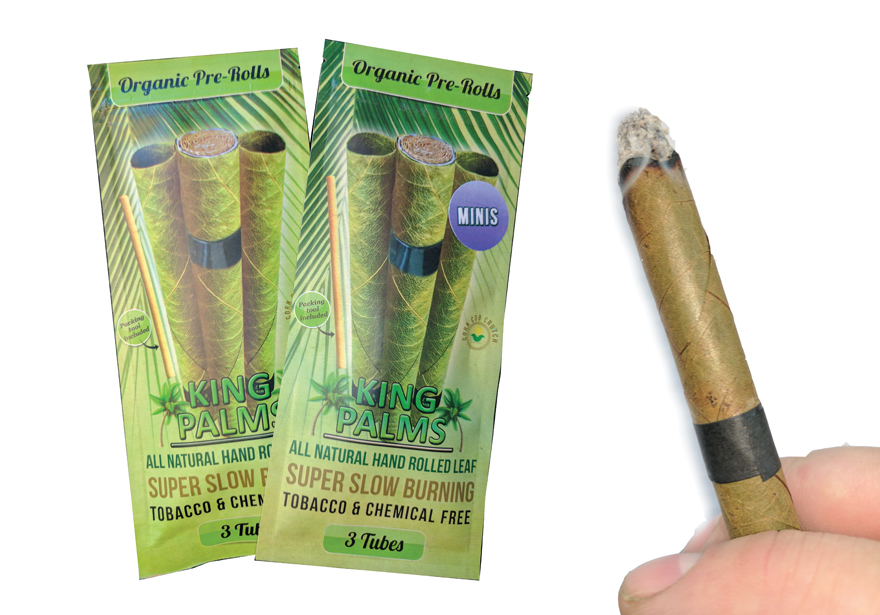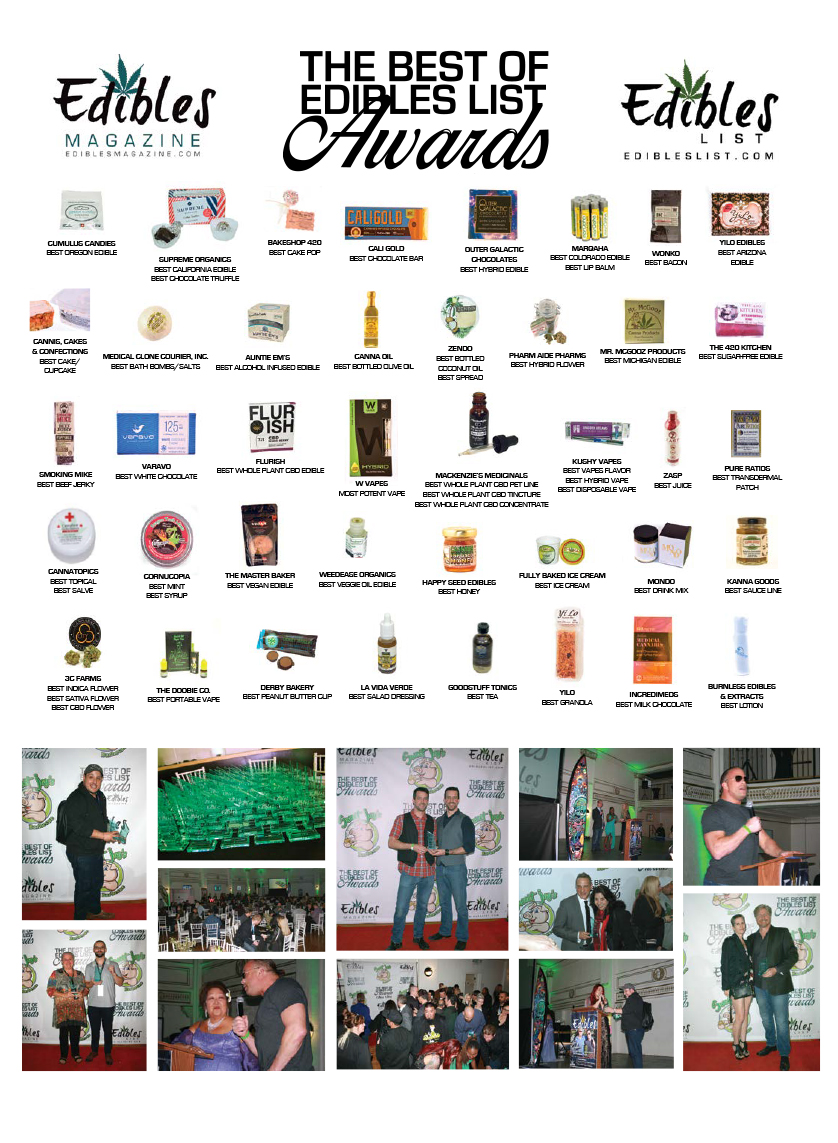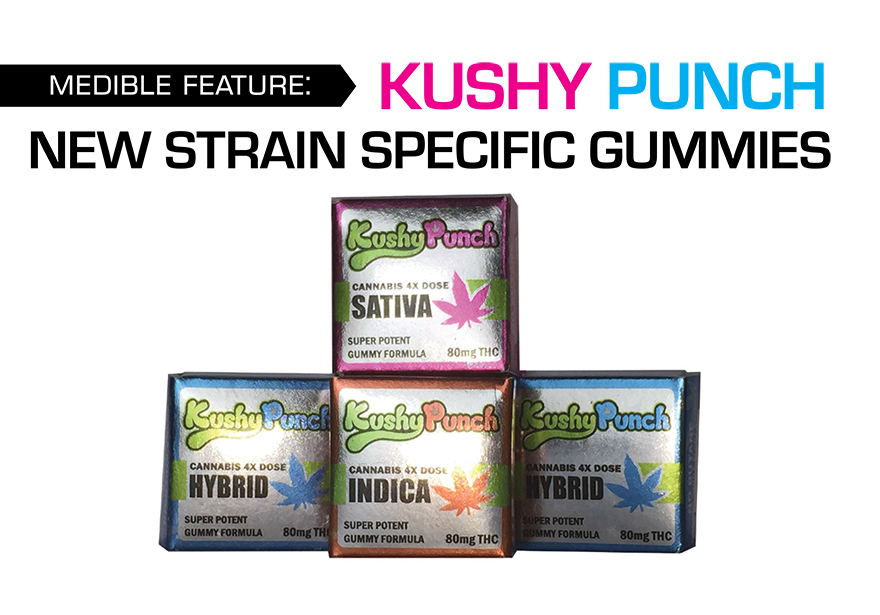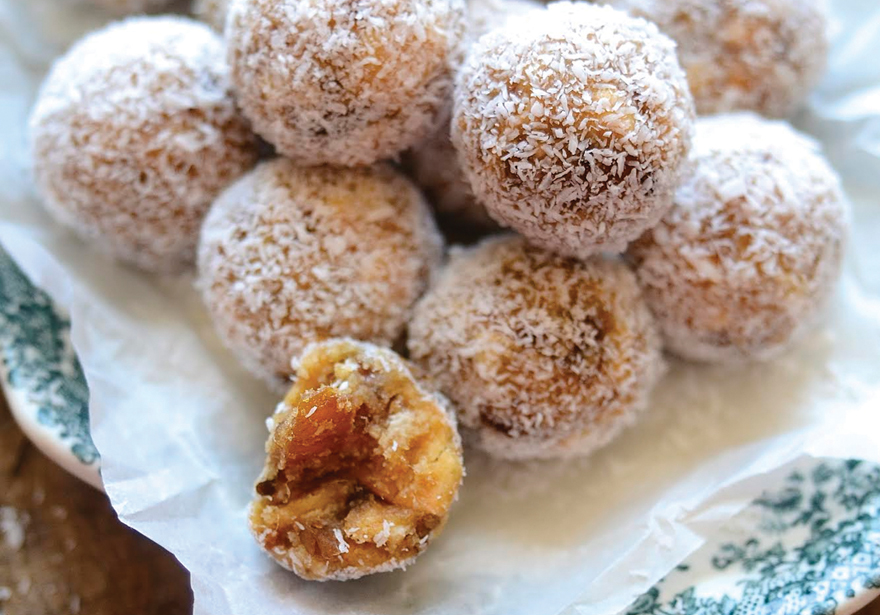What are the differences in testing cannabis flower and edibles?
The following is an answer to the above question adding reference to identification and concentration of cannabinoid compounds using HPLC UV/Vis.
Chromatographic analysis provides chemical information about a sample. The component in a sample of interest is called the analyte. The remainder of the sample is called the matrix. A chromatographic run of a sample produces a graph where properties are interpreted regarding identity and concentration. The corresponding graph references factors that are manufactured from a planned calibration curve. Calibration standard material used in building a calibration curve is called CRM (Certified Reference Material). The CRM is the basis of chromatography. Modern chromatographs precisely elute, detect and compute compounds of interest with high precision and accuracy.
The challenge of analytical testing cannabis compounds includes the variety of sample matrices where cannabis analytes may reside. Sample matrix effects can detrimentally affect accuracy and precision of analysis and may not apply for all methods. Matrix combinations of cannabis products are constantly evolving and expanding in food science.
Without going bonkers into plant chemistry, I will just mention some of the components that comprise the sample matrix category. Carbohydrates, Lipids, Proteins, Nucleic acids, Terpenes, Phenolic compounds, Glycosides and Alkaloids. In general, cannabis and other dissolvable compounds are easily washed off from native botanic tissue using an organic solvent like alcohol. Cannabis plants are basically the same when comparing the matrix. It comes down to the analyte of interest versus matrix. Different solvents may be more suitable for certain types of matrices while others may require proprietary purification and/or additional steps to the method. Separate, isolate and analyze without interference.
While common testing methods of flower are straightforward and routine, other sample matrices are more variable and subject to greater interpretation. Various outcomes may occur for various edibles. Additives in a recipe may alter the behavior of compounds causing results to appear mysterious and unusual and downright wrong.
When producing a cannabis flower chromatogram using prior calibration curve data, it is appropriate to run control samples(high/low). Analyzing control samples and confirming results is within statistical range, confidently ensures the interpretedvalidity of the test run. A concept known as being “In Control” is integral when certifying analysis. When performing analysis on other matrices, available commercial control is rare for the studied matrix. Some methods require use of internal standard method, or CRM addition to the sample to validate method authenticity. Methods types are derived based on custom configuration of standard features.
Whether it’s flower, cookie, gummy, syrup, lotion or a suppository, the goal is to remove and separate the matrix components from the analytes of interest eliminating interference prior to injecting into the instrument. Confident reporting requires understanding of variables that may foul the dynamic mobile phase or stain the column elution system. Hence, each matrix requires consideration of its own method for purification and separating components of interest for analysis. Establishing and validating methods for sample matrix provides a sure fire and bullet proof solution when used routinely and responsibly.
Rusty Thomas
Bachelor’s Degree in Medical Tech and Electrical Engineering, Medical Technologist with the American Society of Clinical Pathologists, Specialist in Hematology, Research Facility Project Manager and Project Management Professional from Project Management Institute


